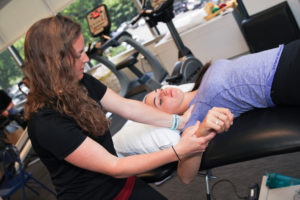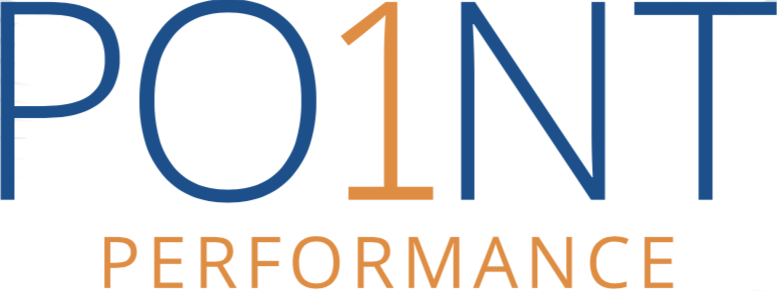
What are rotator cuff injuries?
Rotator cuff injuries, particularly torn rotator cuffs, are a common injury, particularly among those over 60 years of age. Causes vary from individual to individual. They stem from overuse (heavy manual labor, weight training, repetitive motion), arthritis, aging, acute injury, or general wear and tear. Physical therapy and surgery are often presented as options to fix torn rotator cuffs. However, patients should be aware of several other options for treatment.
Torn rotator cuffs can range in pain from mild to debilitating. At least 30 percent of people over 60 have partial tears in their shoulder and many still function without issue. However, pain may interfere with sleep, driving, putting on a coat, and other daily activity. When that happens, it’s a good enough reason to see a doctor.
Diagnosing Torn Rotator Cuffs Without Surgery
In many cases, it’s possible to treat torn rotator cuffs without surgery. Shoulder surgery, while often successful, is no joke: the total recovery time takes month. This consists of six weeks of immobility, six weeks of limited mobility, and then a few months of physical therapy. Patients should be aware of all the possible treatment options for shoulder pain before resorting to surgery.
At Point Performance, the doctor will examine your entire body—not just the shoulder—to find from where the pain is emanating. He will look at your neck, cervical spine, back, arm, and any other areas where he suspects to be the root of the problem. He’ll gather your health history, including diseases, current medication, and daily activities that might suggest the culprit. He will find out what physical activity you may have recently engaged in. This may be as simple as playing some tennis, long hours sitting at a computer, clearing out the garage, shoveling snow, or lifting small children. The doctor spends considerable time gathering this information to avoid a misdiagnosis. For example, frozen shoulder, also known as adhesive capsulitis, can be easily mistaken as arthritis or torn rotator cuff.
From there, he’ll determine whether it’s necessary to do additional testing. An X-ray, diagnostic ultrasound, MRI, or electrical testing (EMG) may help see if the problem is emanating from a nerve injury.
Treating a Torn Rotator Cuff
Once you have been diagnosed with a torn rotator cuff, the doctor will educate you about the situation and suggest ways to manage the pain. This may include anti-inflammatory medication, heat/ice, modifications to activity, and simple home exercises. If the pain persists after a few weeks, he’ll likely recommend physical therapy for about four to six weeks. Additional treatment options could include injection therapy and/ or acupuncture, depending on your preference for healing. In some cases, the pain is so severe on the first visit that the doctor might recommend an injection to calm the pain. Then, he’ll discuss other approaches once the pain has been reduced.
In the majority of cases, it is not necessary to undergo surgery for partial rotator cuff tears. In these situations, patients will benefit from a coordinated treatment plan under physician guidance. This will ultimately be focused on improving shoulder mobility and strength while addressing other areas of muscular inflexibility and weakness. Regenerative treatments such as PRP or stem cell therapy may be recommended to stimulate the healing of damaged tissue without surgery. If all else fails, it may be necessary to consider a surgical consultation.
Any pain lasting more than a few days should not be ignored, as it is unlikely to go away quickly. Following a whole-body, integrated approach to healing and therapy can strengthen and decelerate the pain. A surgical should be the last option because it can take months of recovery.
